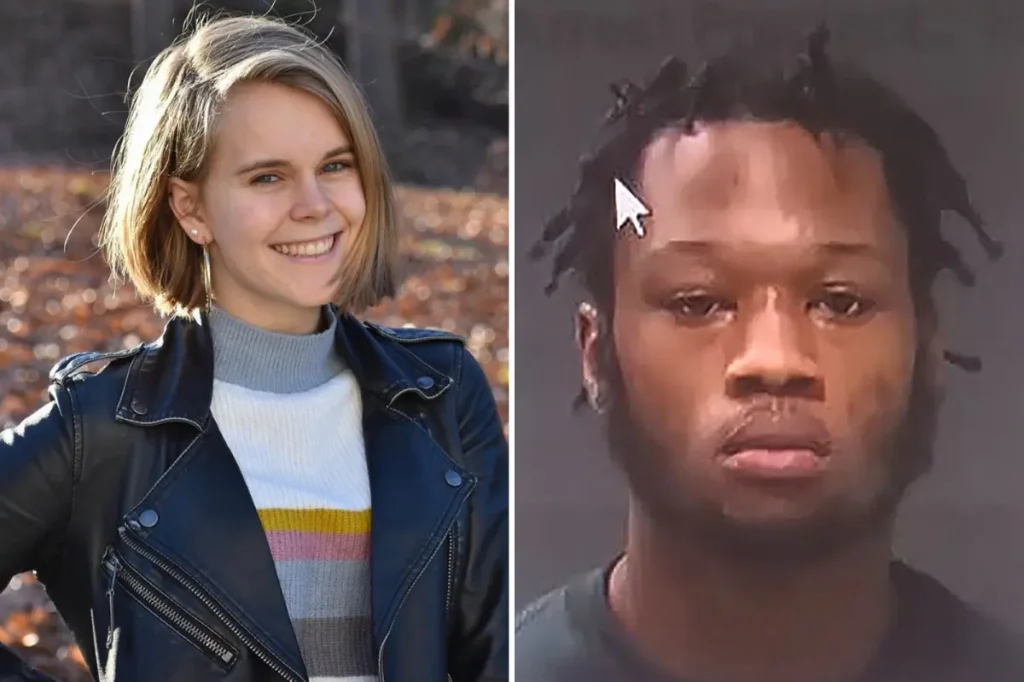The Troubled Legacy of Raise the Age: A Young Life Spiraled into Violence
In December 2019, the brutal murder of Tessa Majors, an 18-year-old Barnard College freshman with dreams of becoming a punk-rock musician, shocked New York City and sparked national conversations about juvenile justice. Three teens were involved in her killing in Morningside Park: Zyairr Davis, who was 13 at the time, and his two older friends, Rashaun Weaver and Luciano Lewis, both 14. The case highlighted the controversial impacts of New York’s Raise the Age law, which increased the age of criminal responsibility to 18 in an effort to keep young offenders out of adult prisons. While the policy’s intentions were noble—to give troubled youth opportunities for rehabilitation rather than punishment—the subsequent trajectory of the youngest assailant raises profound questions about its implementation and effectiveness.
The night of the murder unfolded with horrific violence. As Majors walked through the park around 7 p.m., the three teens attacked her. According to court records, she fought desperately for her life, even biting Weaver’s finger in self-defense, which reportedly enraged him. Lewis held Majors in a headlock while Weaver repeatedly stabbed her, ultimately piercing her heart. Davis, by his own admission, participated by picking up a knife that Weaver had dropped during the struggle and returning it to him. Feathers from Majors’ down jacket scattered in the air as she was fatally wounded and left to die. Her parents later shared the heartbreaking image of their daughter, severely injured, trying to hail an Uber while sitting on a park bench, bleeding to death “on a New York City street in the presence of strangers.”
The justice system handled the three teens differently because of their ages. While Weaver and Lewis were charged as adults, receiving sentences of 14 years to life and 9 years to life respectively, Davis benefited from the Raise the Age law. Tried in family court, he pleaded guilty to first-degree robbery and received just 18 months in juvenile detention. The stark disparity in consequences reflects the law’s intent to treat younger offenders differently, with a greater focus on rehabilitation than punishment. However, what happened after Davis’s release suggests that the rehabilitation efforts may have fallen short. His lawyer, Neville Mitchell, later reflected on this failure: “I don’t know that he got the help needed when he was there for 18 months… And then he comes out, and he goes right back into the community around the same sort of influences.”
By 2023, Davis was once again involved in serious violent crime. Now 16, he allegedly participated in a retaliatory shooting in Harlem on April 8. According to a Manhattan criminal complaint, after the murder of Jaylen Duncan by a member of the local OTN Goodfellas gang, Davis ran to the Lincoln Houses to retrieve a gun. He and two other teens then reportedly opened fire on a crowd about two blocks away from the Duncan murder scene. The complaint states that they “each aimed and fired multiple gunshots in the direction of the group of people standing on the southeast corner of Lenox Avenue and West 131st Street.” This escalation to gun violence resulted in Davis being charged with attempted murder and detained at the Horizon Juvenile Detention Center in the South Bronx.
While at Horizon, Davis’s pattern of violence continued. On September 17, he was allegedly involved in a fight with other detainees that escalated when he attacked a youth counselor with the Administration for Children’s Services. According to a Bronx Criminal Court complaint, surveillance video captured Davis biting the specialist “on the right arm,” resulting in additional charges of assault and harassment. Following this incident, the Administration for Children’s Services transferred Davis to Rikers Island, moving him from a juvenile facility to an adult one despite the intentions of the Raise the Age law. This progression of increasingly serious offenses paints a troubling picture of a young person who, despite early intervention after a horrific crime, continued down a path of violence.
The case has become emblematic of broader debates about juvenile justice reform. Critics like retired NYPD Assistant Commissioner of Youth Services Kevin O’Connor blame the Raise the Age law directly: “They always go back to ‘He was a poor kid who had a bad childhood.’ That’s not the victim’s problem. That’s where government is supposed to step in and do its job. You commit a murder you go to jail.” Yet advocates for juvenile justice reform might counter that Davis’s story demonstrates not the failure of the concept behind Raise the Age, but rather inadequate implementation—particularly in providing meaningful rehabilitation services and addressing the root causes that lead young people to violence. The tragedy extends beyond Tessa Majors’ senseless death to encompass the lives of three young men who, for various reasons, turned to extreme violence at such young ages, and a system that seemingly failed to redirect at least one of them toward a different path. The case remains a painful reminder that behind policy debates are real human lives—those lost to violence and those consumed by it—leaving families and communities to grapple with the devastating consequences.


